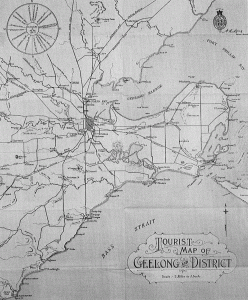Middle Eastern Manuscripts
The University of Melbourne Library holds almost 200 Middle Eastern manuscripts, dating from the 12th to the 20th century. Languages include Arabic, Persian, Turkish, Urdu, Prakrit, Mongol, Sanskrit, Malmud, Ethiopic and Syriac. The collection is just one of a number of collections built up by the Reverend Professor John Bowman between 1959 and 1975 during his time as head of the Department of Semitic Studies at the University of Melbourne.
MUL 134, illustrated above, tells the love story of Kamrup and Kamlata in Persian poetical form, although it was produced in Northern India in about 1737. Its miniature illustrations are in gouache, gold and silver leaf. The script is in black ink with some red, ruled borders with decoration of silver, red and blue.
One of the exciting projects of the University’s Digitisation Service is to digitise this beautiful collection and to date half of the manuscripts have been digitised and are available at http://dtl.unimelb.edu.au/R/?func=collections-result&collection_id=5363
See also www.lib.unimelb.edu.au/collections/special/collections/rarebooks/memss.html












